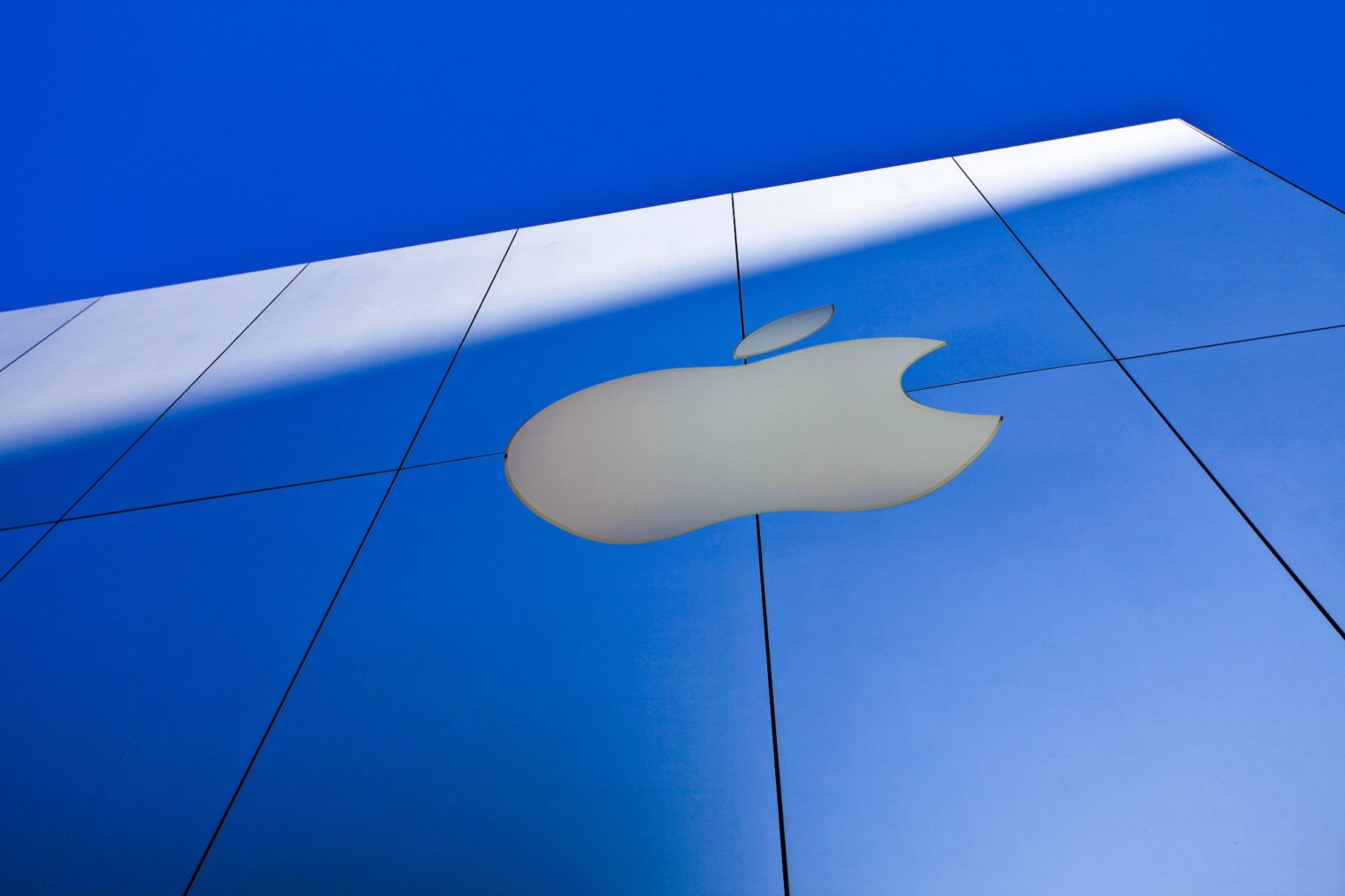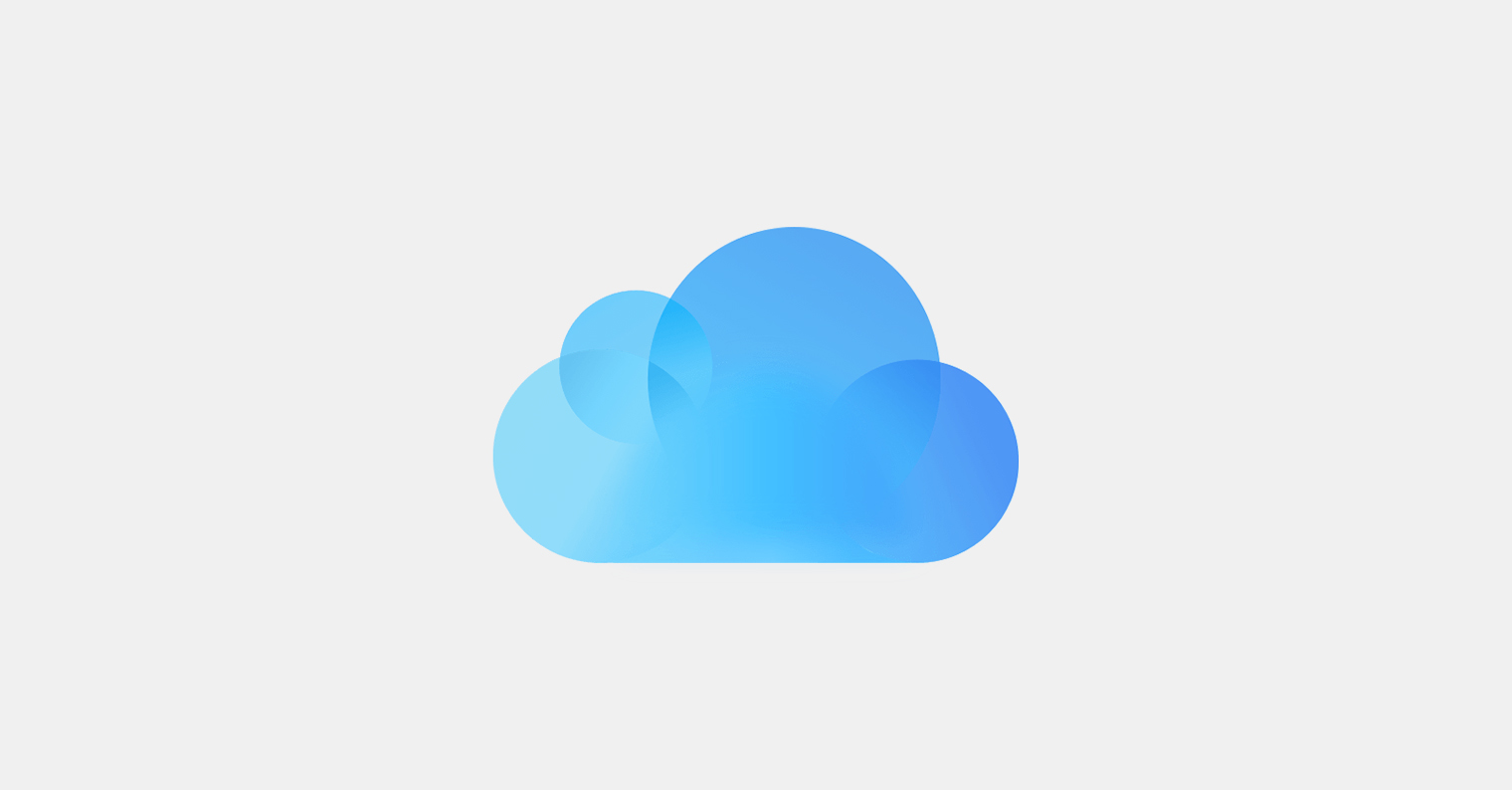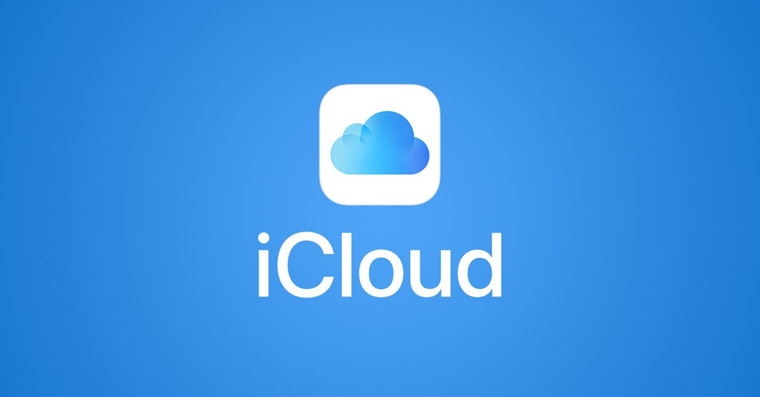Today, we see the iCloud platform as an integral part of Apple's ecosystem. But iCloud wasn't there from the very beginning. Apple officially launched the operation of this platform during the first half of October 2011, when at the same time there was a definitive transition from computers as digital headquarters to a cloud solution.
It could be interest you

The launch of iCloud allowed users of Apple devices to automatically and "wirelessly" store content, which was then made available across all their iCloud-compatible products. The iCloud platform was introduced by Steve Jobs during his presentation at the developer conference, but unfortunately he did not live to see its official launch.
For many years, Jobs' vision of a digital headquarters was fulfilled by the Mac as a repository for media and other content. Things began to change slowly with the arrival of the first iPhone in 2007. As a multi-functional device that also had the ability to connect to the Internet continuously, the iPhone represented at least a partial replacement for a computer for many users in a number of ways. Not long after the release of the first iPhone, Jobs began to formulate his vision of a cloud solution even more concretely.
The first swallow was the MobileMe platform, launched by Apple in 2008. Users paid $99 a year to use it, and MobileMe was used to store directories, documents, pictures and other content in the cloud, from where users could download this content to their Apple devices . Unfortunately, MobileMe turned out to be a very unreliable service, which understandably upset even Steve Jobs himself shortly after its launch. Ultimately, Jobs decided that MobileMe had tragically tarnished Apple's reputation and decided to end it for good. Eddy Cue was supposed to oversee the creation of a new, better cloud platform.
It could be interest you

Although iCloud arose in a way from the ashes that remained after the burned-out MobileMe platform, it was incomparably better in terms of quality. Steve Jobs jokingly claimed that iCloud is actually a "hard drive in the cloud". According to Eddy Cu, iCloud was the easiest way for Apple users to manage content: "You don't have to think about synchronizing your devices because it happens for free and automatically," he said in a press statement at the time.
Of course, even the iCloud platform is not 100% flawless, but unlike the aforementioned MobileMe, it certainly cannot be declared a clear mistake. But over the years of its existence, it has managed to become an indispensable helper for owners of Apple devices, while Apple is constantly working not only on improving iCloud itself, but also on various services that are connected to it.




